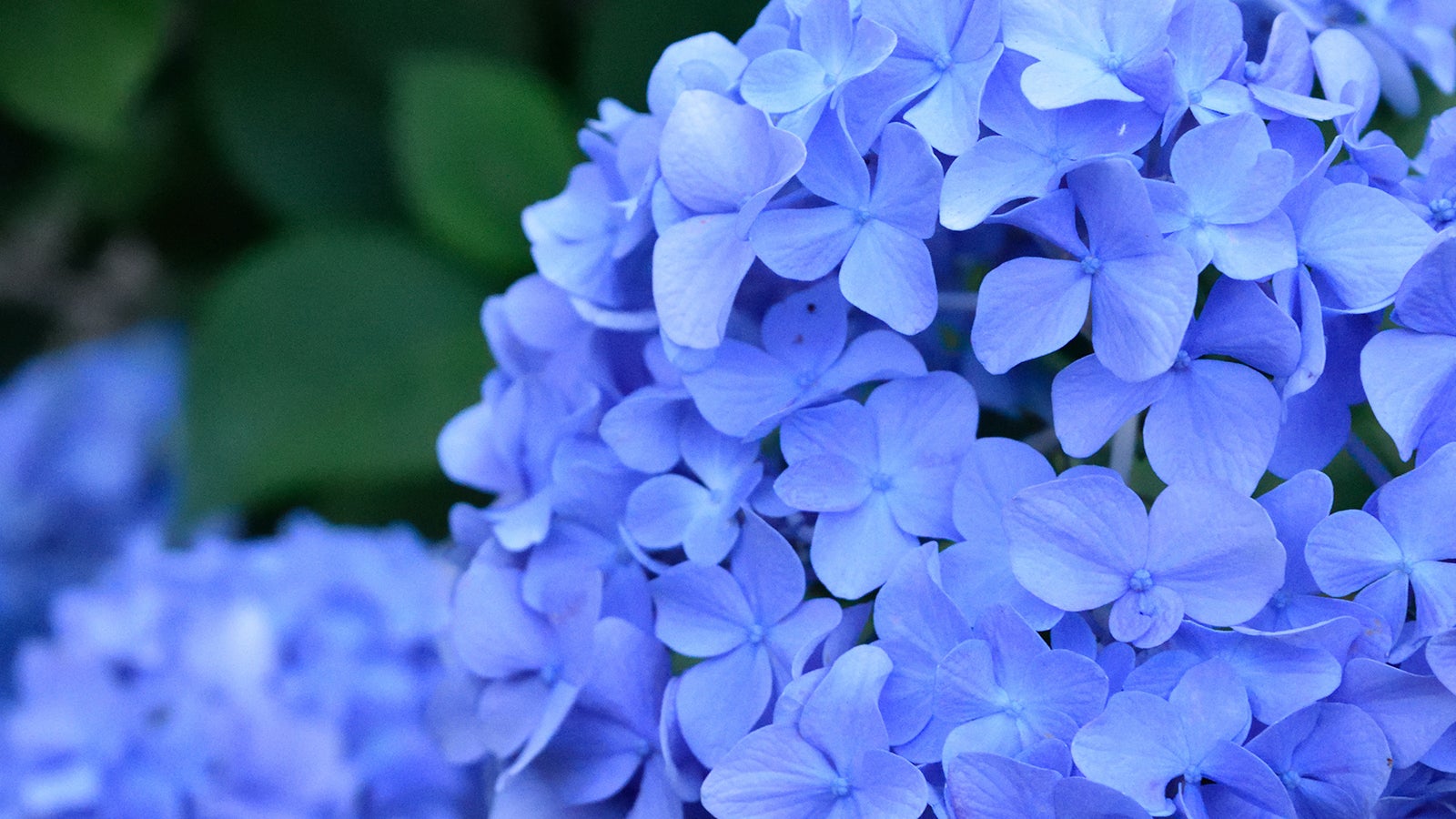
Our Top Low Maintenance Plants
14 Jan, 2022
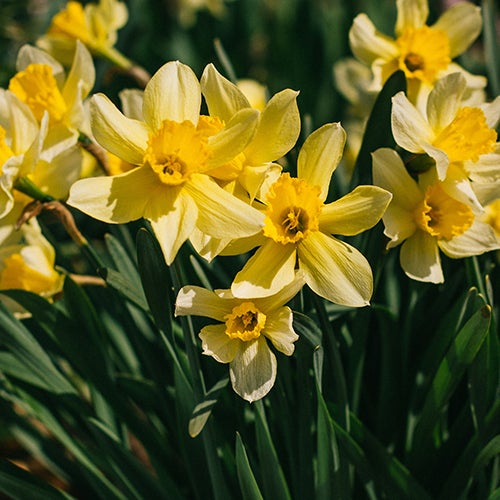
Bulbs
Many bulbs require little to no maintenance at all. Spring bulbs include daffodils, iris and crocus, and summer includes all types of lilies, including daylilies and rain lilies. They will sprout when the temperature is right, and will bloom until finishing, reabsorbing the energy for next year. Once a year sprinkle a little bulb food around the base when they first sprout or start to die back, and make sure they are in a place in the garden that will get enough moisture so they don’t need extra watering.
Learn More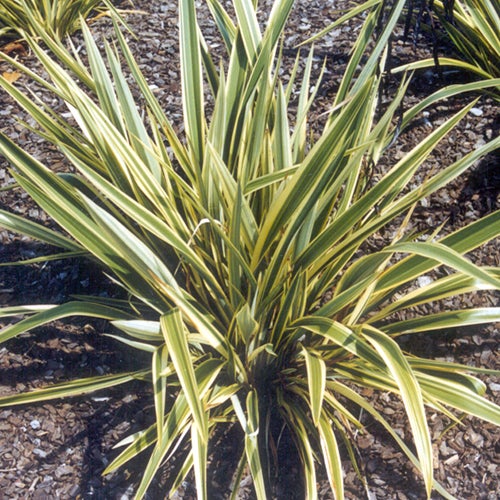
Phormium (Flax)
Most flaxes are very hardy and need little care and maintenance, making them ideal especially for native gardens. Different cultivars of phormium grow to different sizes, so make sure they have enough spacing between them – give them a metre between their predicted mature width. Tolerant to most soils, they may struggle in extremely wet, boggy soils, but are fine in dry clay soils once established.
Learn More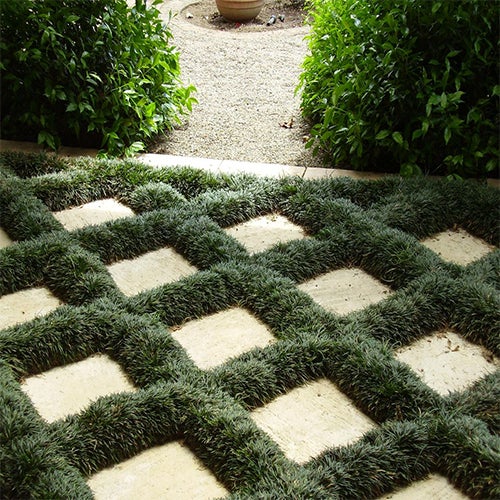
Mondo Grass
Once established, mondo grass is so self-sufficient and easy to look after that you may completely forget about it. Plant in part shade or in dabbled light either in the garden or in pots. Pots dry out faster in general, but in the ground in places that retain moisture, mondo grass will thrive and fill out, making it a soft lawn alternative. Water once a week in summer when not in direct sunlight.
Learn More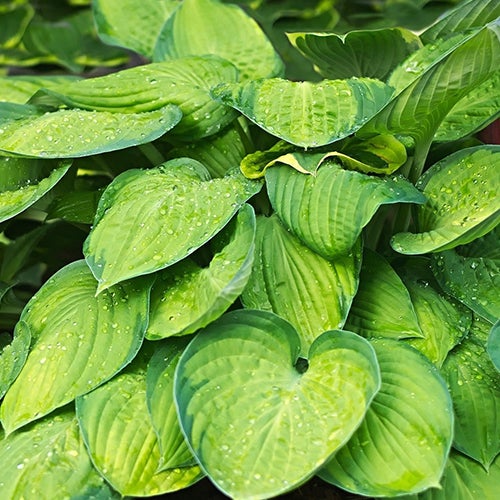
Hosta
A beautiful shade lover that is best planted on the south side of the house, against a shaded fence or under trees. Hostas with lighter leaves can be planted in brighter areas, whereas deep green leaves will appreciate more shade. Fertilise once in early spring, and scatter a little sand around the base to help deter slugs and snails in winter.
Learn More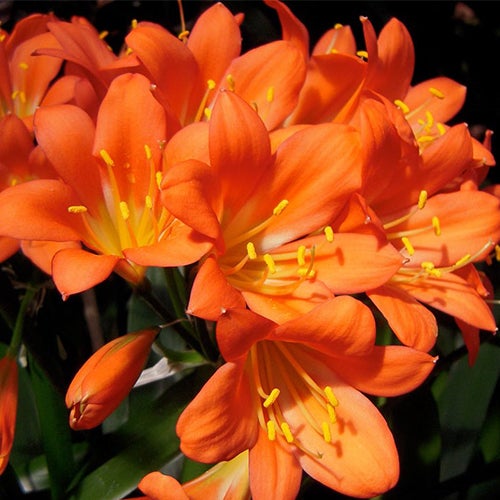
Clivia
Low-maintenance shade lovers with gorgeous red, peach and yellow flowers, clivia are a no-brainer for dry parts of the garden. Perfect for underplanting trees or large shrubs where other plants may struggle, they bunch well as they get older, becoming a dense green. Water well until established and then they shouldn’t need much maintenance. If they are struggling at the start, feed with Kings Liquid Fast Food once a month from early spring to mid-autumn, and water a couple of times a week.
Learn More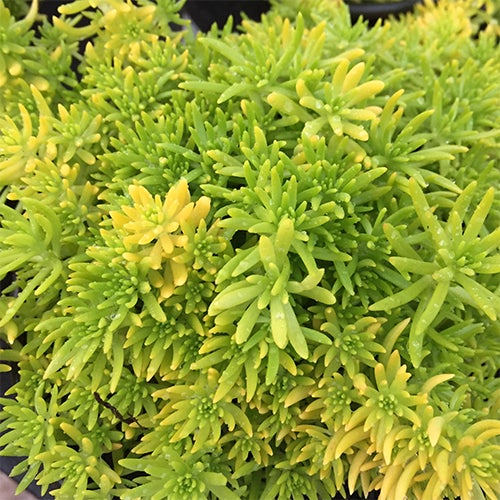
Sedum
Low-growing sedum, such as golden sedum, are a perfect ground cover for a part of the garden that may be patchy or unsightly bare. Bees love their flowers. Grow in full sun and water once to twice a week. No extra care should be needed in winter.
Learn More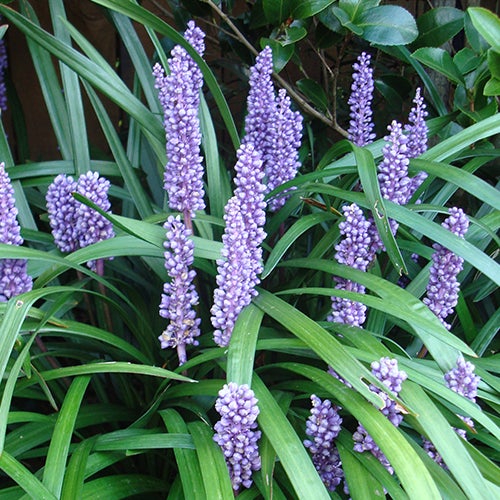
Liriope Muscari
Also known as lily turf, liriope muscari is similar to mondo grass – it is a shade-loving grass that fills out and thickens once established. The difference is that it’s larger than most mondo varieties and produces beautiful lavender-purple flowers on elegant stems in summer. Water once to twice a week, and feed in late spring or early summer.
Learn More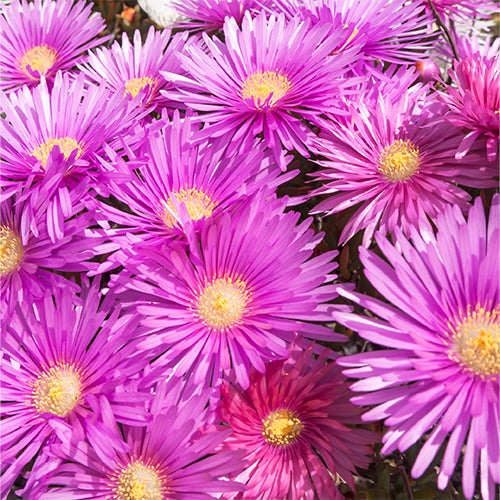
Iceplants
This sun-loving ground cover is known to produce a profusion of long-lasting flowers over the summer period. Tolerant to coastal conditions, plant now in summer, and it will fill in any gaps in the garden. Water once to twice a week.
Learn More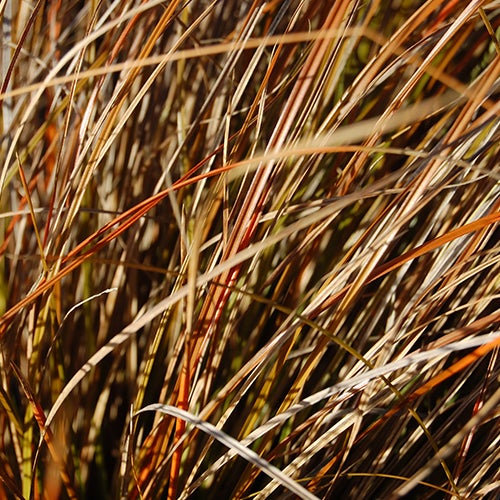
Carex
An extremely hardy native, carex testacea is the ornamental grass of choice for native gardens. It’s resistant to all weather conditions – wet weather and droughts, frosts, alpine or coastal environments – carex will survive them all. Different carex do have different environmental needs, so make sure you choose the right one for your property.
Learn More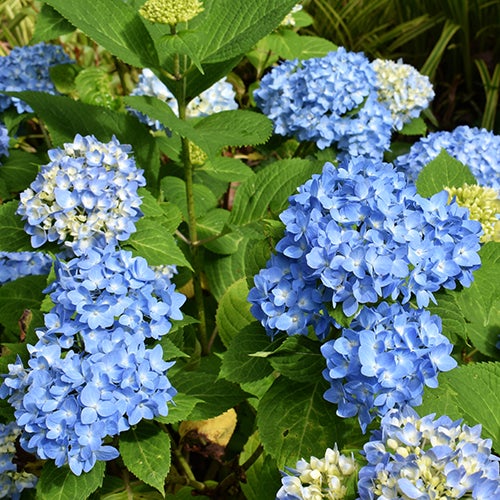
Hydrangea
Hydrangeas are relatively easy to care for and need next to no extra care when they are established. Plant in well-draining soil rich in organic matter such as compost. Hydrangeas need good watering for the first year, but once settled will only need a water once a week during extremely hot, dry summer weeks. Prune back one third of the wood once when flowers and foliage has died back, and it will come away next year in spring. Easy!
Learn More